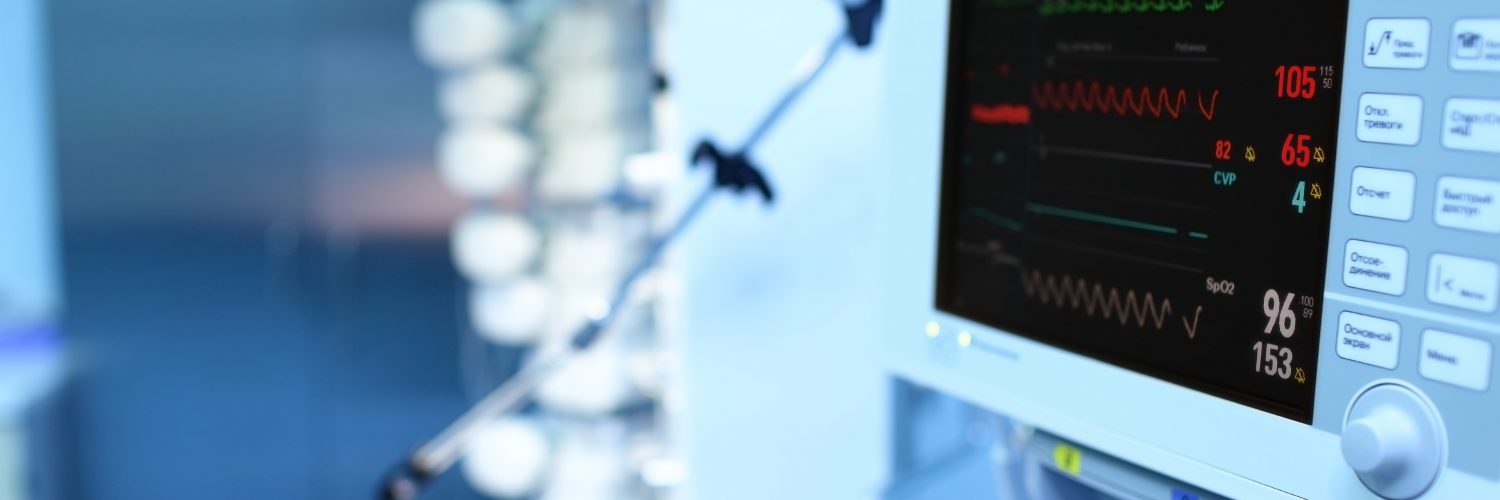When I was a teenager, my grandmother sent me a check for $50. It was a complete — but welcome — surprise. My grandmother told me she wanted to help me out while I was looking for a part-time job. What I learned, however, was that there were indeed some strings attached to her gift. I spent many hours at her home over the following months doing numerous chores and tasks. I realized the gift was really a funding source with expectations.
The common narrative regarding COVID-19 is that this is an unprecedented crisis. However, the United States and the world have endured several seemingly unprecedented events over the past 20 years. 9/11 and the financial crisis of 2008 come to mind. During each of these crises, the government has responded with significant stimulus programs. Lawmakers, for example, made clear in 2009 that financial institutions were “too big to fail.” Similarly, the CARES Act, signed into law on March 27, 2020, clearly amplifies that healthcare is “too important to fail.”
The Public Health and Social Services Emergency Fund appropriated in the CARES Act has dedicated $100 billion in funding to healthcare providers for expenses and lost revenue attributable to COVID-19. To date, HHS has distributed the allocations as follows:
- $30 billion to eligible healthcare providers on April 10 based on 2019 Medicare fee-for-service reimbursement;
- $20 billion to eligible healthcare providers on April 24 to be allocated proportional to providers’ share of 2018 net patient revenue; and
- The remaining $50 billion will be targeted allocations for high-impact areas, targeting the uninsured, rural healthcare providers, and the Indian Health Service.
The challenge for healthcare providers is to understand not just the different aspects of funding sources available through the CARES Act, but also the expectations.
What is unique about this distribution is that recipients neither applied for nor formally requested this funding. Rather, HHS issued it to all healthcare providers based on a combination of Medicare fee-for-service reimbursements in 2019 or 2018 net patient revenue.
The assumption HHS makes in these distributions is specifically to provide funding relief to providers to offset costs and lost revenues associated with the prevention of, preparation for, and response to COVID-19. With this core assumption, funding recipients now need to understand the corresponding expectations.
HHS will require providers to certify that the recipient:
- Provides or provided after January 31, 2020, diagnosis, testing or care for individuals with possible or actual cases of COVID-19;
- Will utilize funding only to offset costs or lost revenues associated with the prevention, preparation or response to COVID-19; and
- Complies with a host of other conditions, including, but not limited to, asserting that none of the CARES Act funding will be used for executive pay, lobbying, abortions, gun control, and legalization of controlled substances.
Funding recipients are required to certify, within 30 days of receipt, acceptance of HHS’ terms and conditions associated with how funds shall be used.
A provider’s failure to attest to agreement with the terms and conditions is considered acceptance. If, however, the provider chooses not to agree to the terms and conditions within 30 days of receipt, all funds received must be returned to HHS.
Additionally, CARES Act recipients who receive more than $150,000 are required to submit a report no more than 10 days after the end of each calendar quarter. The report must show, among other things:
- How the funds have been utilized, including detailed lists of projects and activities in regard to COVID-19; and
- Recipient’s adherence to financial management standards and record retention requirements under federal regulations for HHS awards. A more detailed list of requirements can be found here.
How can providers best leverage funding received both to provide financial relief for costs and lost revenues associated with COVID-19 and meet HHS’ requirements?
A key takeaway is that HHS’ terms and conditions will continue to evolve. It is also very likely new stimulus programs will be enacted. For example, on April 24, President Trump signed a $484 relief bill that provides an additional $75 billion in funding to hospitals and healthcare providers along with $25 billion for COVID-19 testing. New terms and conditions will surely be imposed. The second key takeaway is what providers can do now to utilize funding received. This includes:
- Becoming familiar with HHS’ terms and conditions and certify acceptance. HHS has an online portal to facilitate this process;
- Establishing specific cost centers within accounting systems to capture costs associated with COVID-19 in a timely manner. Specifically, capturing costs associated with the prevention of, preparation for, and response to COVID-19;
- Monitoring and documenting changes in revenue prior to and during COVID-19. Declines in revenue will likely be associated with cancellation or deferral of surgeries, elective procedures and volume declines in high throughput areas like the emergency department;
- Identifying and establishing key controls to promote timely and accurate monitoring and reporting demonstrating adherence to HHS’ terms and conditions;
- Assigning a dedicated COVID-19 funding team to oversee and monitor requirements. The CFO, at a minimum, should be an executive sponsor; and
- Providing regular reporting to the board and audit and compliance committees and recognizing the significance of both the funding and the inherent compliance risks (by failing to meet HHS’ terms and conditions).
Healthcare providers are clearly on the front lines and are true heroes to all of us. Establishing strong accountability systems will allow providers not only to meet HHS’ expectations but also provide adequate funding to best serve those who need it most: the patients our healthcare organizations serve.



Add comment